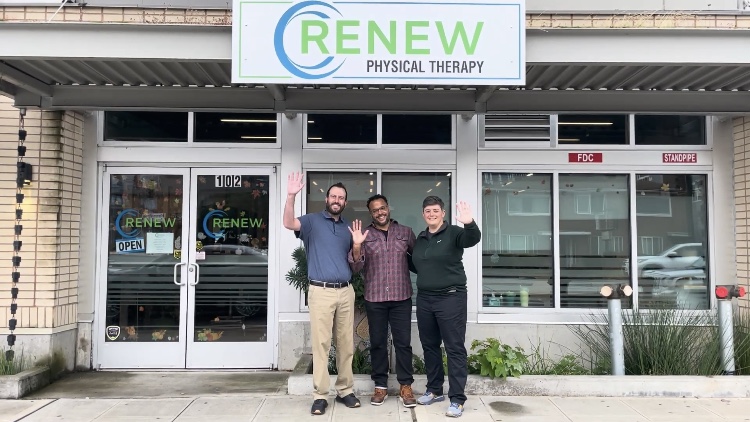As student-athletes train over the summer, preparing to head back to the practice fields later this season, injuries are going to happen. Despite concerted efforts to reduce and prevent sports injuries, it’s impossible to eliminate them from sports.
So in order to ensure injuries are diagnosed and treated quickly, before they worsen, it’s paramount parents and guardians are able to quickly identify the signs of possible injury – ailments that aren’t always obvious during practice or competition, but which may manifest later on at home.
The fact is, whether it’s because they’re concerned about playing time or feel they can tough it out, student-athletes won’t always admit when they’re hurt or injured. But even when a youth or teen is convinced it’s not that bad, that they can walk it off, etc., he or she could still be doing themselves harm by not getting treatment as soon as possible.”
This is when it’s important for a parent or guardian to get involved.
By just knowing some of the obvious signs that a young athlete isn’t just sore but is actually injured, parents can play an active role in ensuring injuries are diagnosed and treated as soon as possible, preventing further damage from occurring.
Signs to watch out for include:
- Headaches, lightheadedness or dizziness, which may indicate a concussion.
- Limping or an appearance of pain when putting weight on and/or using a particular part of the body.
- Difficulty standing, sitting, stepping or moving around normally.
- Tingling, numbness or weakness in the limbs, fingers or toes.
- Difficulty sleeping.
- Sharp pain during practice, games or any physical activity.
According to the Centers for Disease Control and Prevention (CDC), around 30 million children and adolescents in the U.S. participate in youth sports. Just the high school-aged students within this group account for around 2 million injuries and 500,000 doctor visits each year. Of those under 14, 3.5 million receive medical treatment for sports injuries.
The bottom line is, “no pain, no gain” doesn’t apply in youth sports, just as there should be no such thing as “toughing it out.” If your child or teen is showing any of these signs, it’s important you get them evaluated as soon as you can.
In many cases, visiting a physical therapist can be an ideal starting point for such evaluations. Trained to provide sports injury assessments for athletes of all ages, physical therapists will triage the injury and, if necessary, provide direction if further diagnosis and treatment are necessary.


